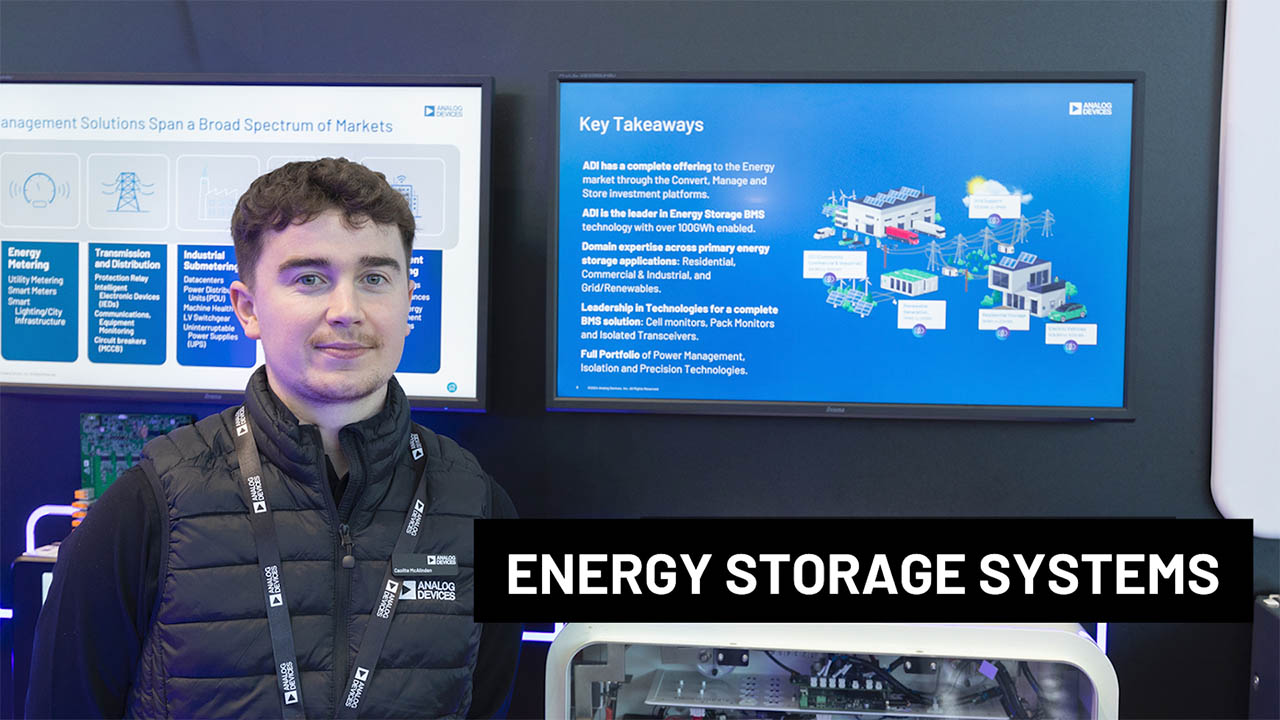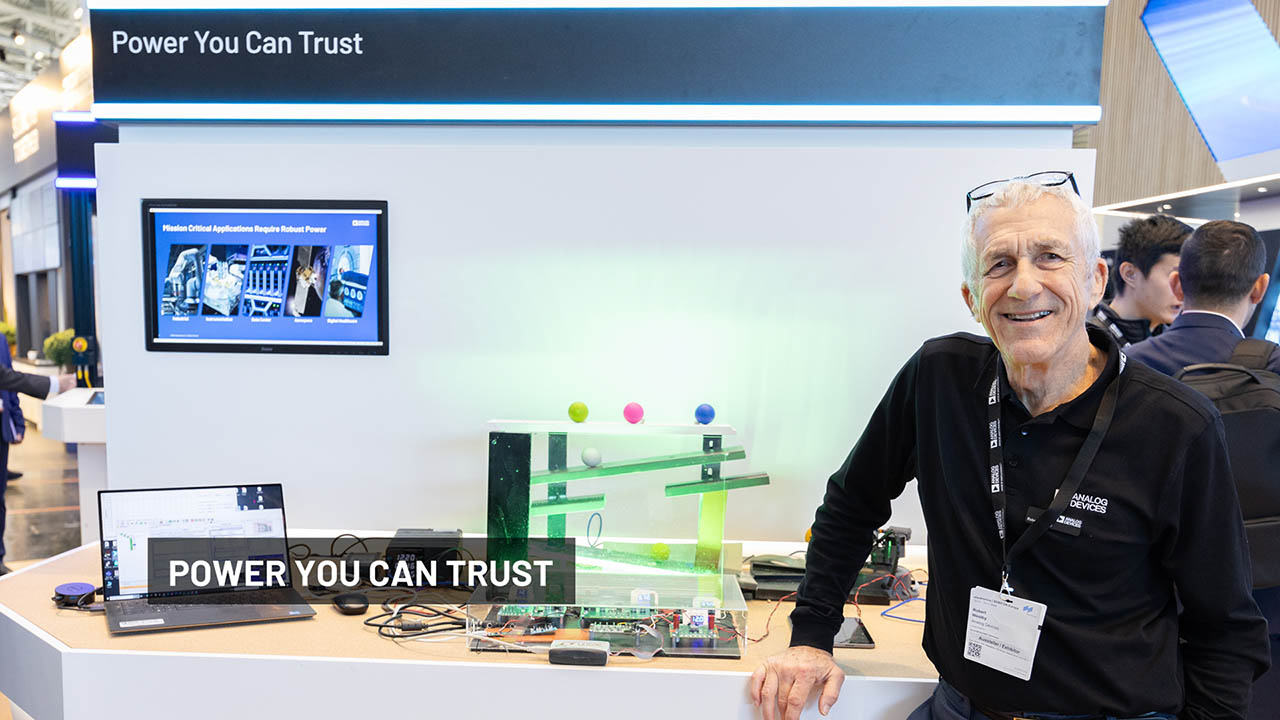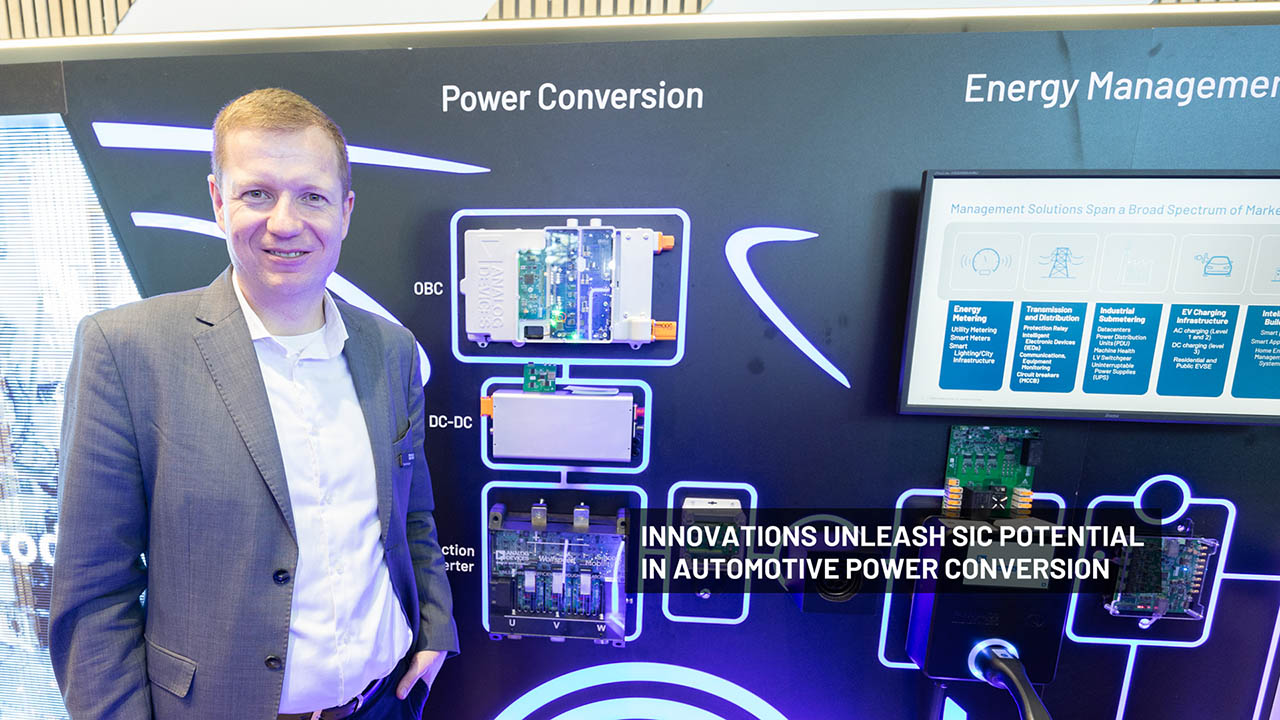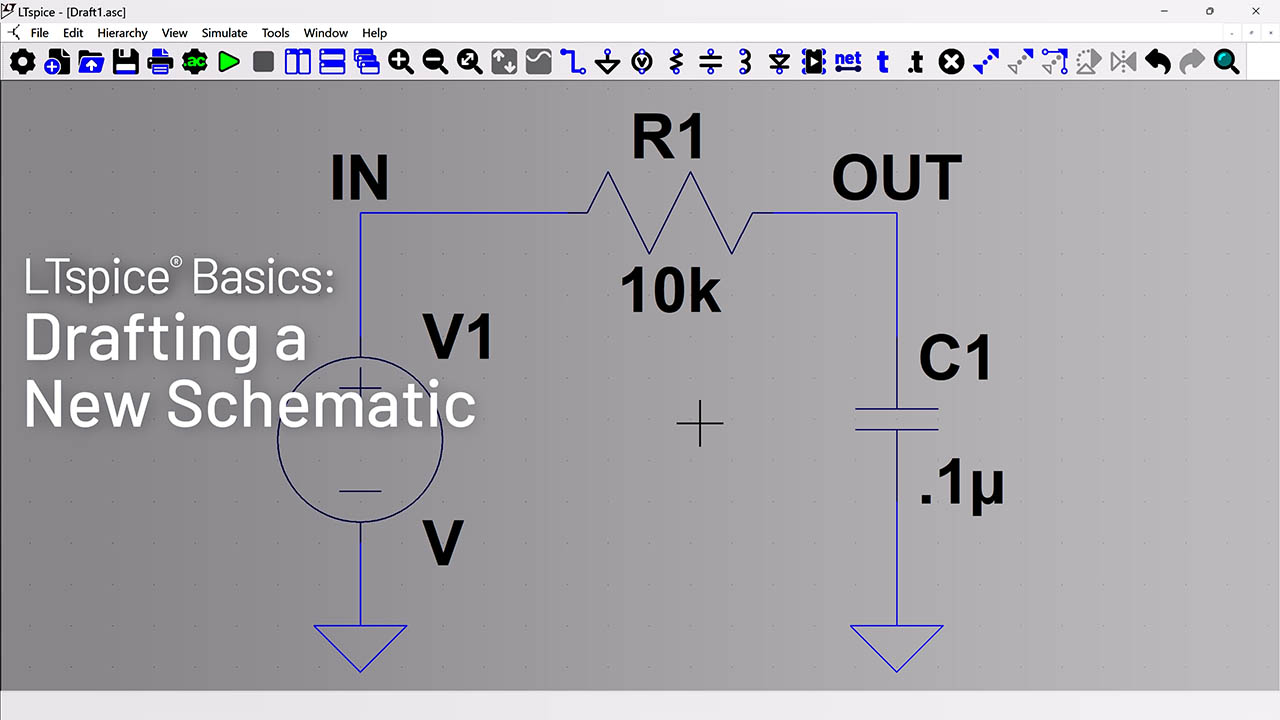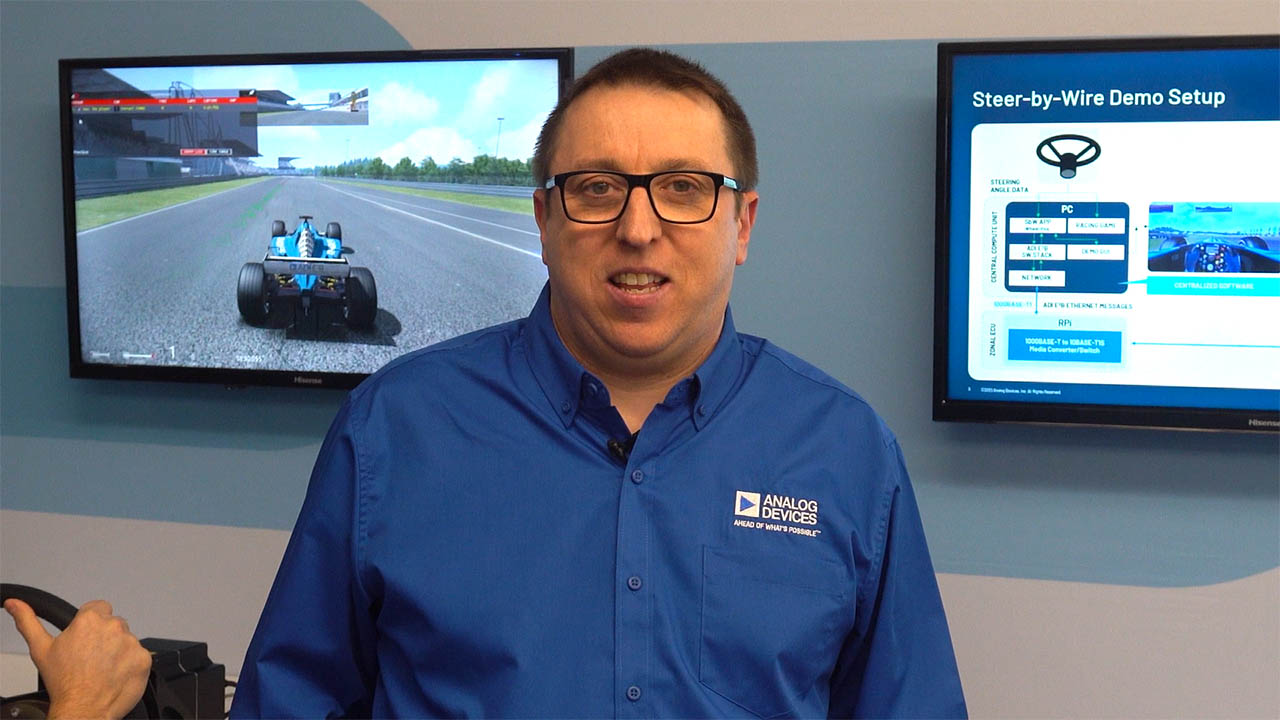摘要
If connected improperly, an uncommitted op amp leads to problems such as increased power consumption and added noise. This application note shows how to properly terminate an uncommitted op amp.
Sometimes there are one or more unused operational amplifiers (op amps) in a circuit design. For example, Figure 2 of Application Note 994: Reference Voltage for Multiple ADCs uses three of the four op amps in the MAX4254 to drive the reference inputs of an ADC. Unused op amps in this situation can be used for other purposes, but if they are not needed they must be terminated correctly. If connected improperly, an uncommitted op amp leads to problems such as increased power consumption and added noise.
Proper Termination for an Uncommitted Op Amp
Two conditions are required to properly terminate an uncommitted op amp:
- The op amp inputs must be actively held within the input common-mode voltage range of the device.
- The op amp output must be set within the output voltage swing range of the device.
The circuit in Figure 1 satisfies both conditions.
If the circuit has dual supplies, ±3V for example, the two resistors are not necessary and simply grounding the non-inverting terminal is sufficient. Additionally, the non-inverting terminal can be connected to another voltage elsewhere in the circuit that is within the input common-mode voltage range of the device, thereby eliminating the need for the two resistors in Figure 1.
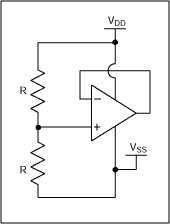
Figure 1. A properly terminated uncommitted op amp. The input common-mode range is satisfied and the output is within the output voltage swing range.
For prototype circuits it is a good idea to terminate an uncommitted op amp as shown in Figure 2. This termination scheme allows the op amp to be changed into an inverting or non-inverting configuration if the need arises in a later prototype stage.
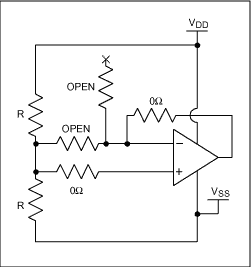
Figure 2. A properly terminated uncommitted op amp for prototype circuits. This termination scheme allows the op amp to be changed into an inverting or non-inverting configuration if the need arises in a later prototype stage.
Examples of An Improperly Terminated Operational Amplifier
Examples of common, yet improper, methods of terminating an uncommitted op amp are shown in Figure 3.
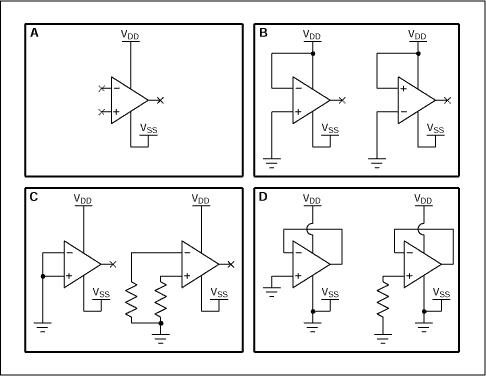
Figure 3. Improper methods of terminating an uncommitted op amp. Terminating an uncommitted op amp as shown causes excessive supply current and additional noise.
A. This is the worst thing to do with an uncommitted op amp. Both inputs are floating and will pick up noise and the output may switch from rail to rail unpredictably. This configuration will draw varying amounts of supply current and will couple noise into the other op amps and may add noise to the power and ground traces.
B. These two circuits are not recommended because they are stressful to the op amp inputs. This circuit applies the maximum potential across the input and can damage certain op amps such as those with diode clamps between the inputs. The op amp output will be in a known state and will be railed low in the first circuit and railed high in the second. Railing an op amp's output low causes the op amp to consume more supply current.
C. These two circuits are bad because the output will be railed in an unknown state. The output state will be determined by the value of the input stage's offset voltage. Due to the randomness of input offset voltage it cannot be predetermined if the output will be railed high or low. In addition to the output's unknown state there is a likely chance the output will change states over temperature inducing unnecessary noise in the circuit. Railing an op amp's output low causes the op amp to consume more supply current.
D. These two circuits are the most common mistake made when terminating an uncommitted op amp. They are equally bad because the op amp's output will be railed low, causing the op amp to consume more supply current.
Avoiding The Uncommitted Amplifier Yields Many Benefits
In many cases it is beneficial to avoid having an uncommitted amplifier. The next-generation of sub-micron technology op amps are affordable and are available in tiny packages. Instead of using three of four op amps in a TSSOP package consider using only what you need. Using multiple single op amps in small SC70 packages or a combination of a dual op amp in a tiny SOT23 package and a single op amp offers the following benefits:
- Avoids the issue of the uncommitted amplifier
- Reduces power dissipation by eliminated extra amplifiers
- Reduces PCB area by using smaller components (Figure 4)
- Eases PCB layout and reduces traces length
- Less expensive
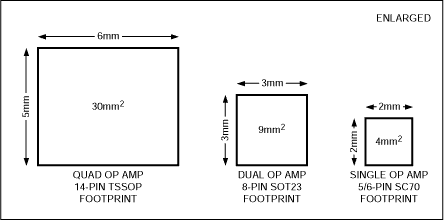
Figure 4. A comparison of the smallest quad, dual, and single amplifiers illustrates dramatic size benefits. For example, four single op amps consume 16mm2 whereas one quad op amp consumes 30mm2.
Conclusion
Two conditions are required to properly terminate an uncommitted op amp:
- The op amp inputs must be actively held within the input common-mode voltage range of the device.
- The op amp output must be set within the output voltage swing range of the device.
In many cases avoiding the uncommitted op amp by using singles or duals decreases system size and cost.
关联至此文章
{{modalTitle}}
{{modalDescription}}
{{dropdownTitle}}
- {{defaultSelectedText}} {{#each projectNames}}
- {{name}} {{/each}} {{#if newProjectText}}
-
{{newProjectText}}
{{/if}}
{{newProjectTitle}}
{{projectNameErrorText}}

